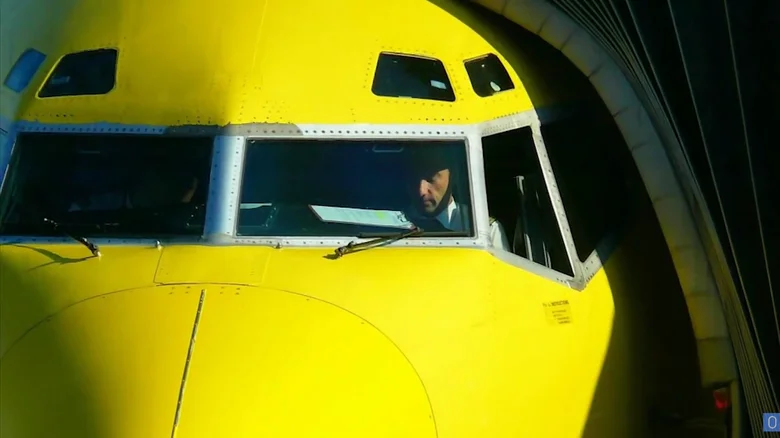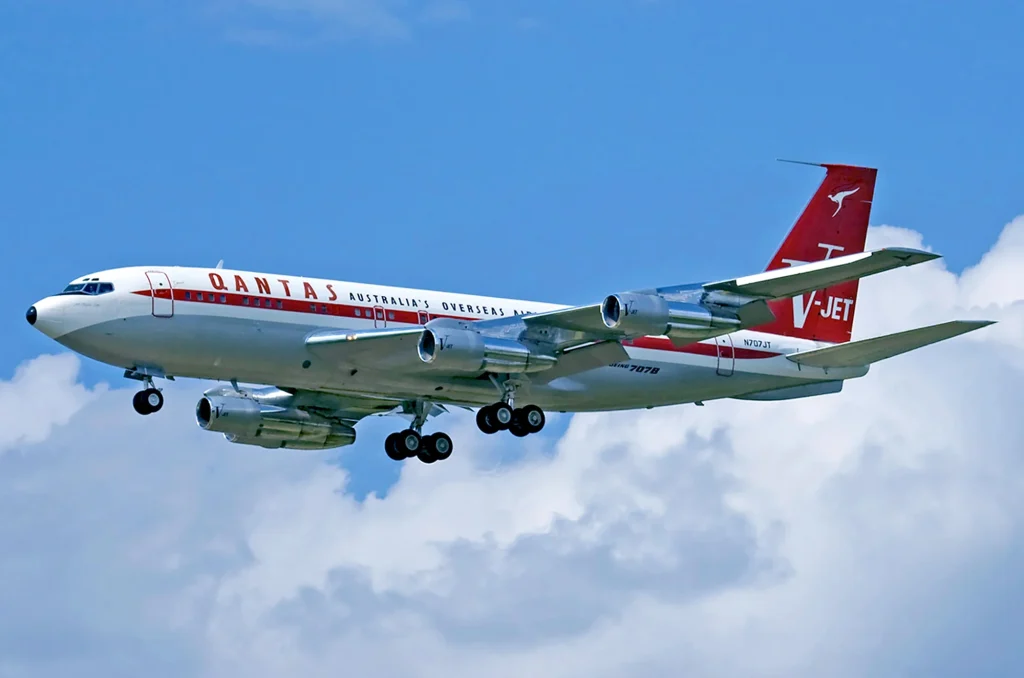Old Boeing jets had eyebrows for a reason and it wasn’t to look surprised
Published on Nov 02, 2025 at 1:35 PM (UTC+4)
by Henry Kelsall
Last updated on Oct 30, 2025 at 9:54 PM (UTC+4)
Edited by
Amelia Jean Hershman-Jones
Old Boeing jets once had eyebrows on the front, and no, it wasn’t so the airliners would look surprised or bemused.
These weren’t, of course, actual eyebrows. Instead, they were slanted panes above the cockpit, which quickly earned the nickname of ‘eyebrow windows.’
Many of us have probably noticed these small windows on Boeing’s, particularly those from earlier generations of aircraft, such as the 737s.
However, they did serve a functional and very useful purpose at a time before GPS, advanced radar, and other computer-assisted systems were commonplace.
DISCOVER SBX CARS: The global premium car auction platform powered by Supercar Blondie
What were the eyebrows for on old Boeing jets?
The eyebrows had one very practical purpose: for better visibility.
This was a similar purpose to the droop snoot on Concorde.
Earlier Boeing airliners lacked the advanced computer systems, radars, and GPS systems of modern airliners.
Pilots and flight engineers relied heavily on what they could see from the cockpit.
This was especially true during turns, approaches, and landings as well as for visual navigation.

The eyebrow windows, therefore, helped pilots spot other aircraft as well as keep in close contact with runways.
It was during sharp banking maneuvers that these became very important.
Plus, at night, the crew could also see the stars and navigate with them if the need arose.
It was a simple addition to airliners, and one that was necessary at the time.
Technology meant the eyebrow windows were outdated
As technology advanced and onboard systems became more sophisticated, the windows became outdated.
In 2005, Boeing decided to eliminate them from all its models on the production line.
They were retired from the Boeing 737 Next Generation onwards.
It was a practical decision and one that did have additional benefits.

Windows add structural complexity to an aircraft.
There is the potential for leaks around them, as well as a small increase in aerodynamic drag.
Pilots also complained about the glare beaming onto them through the windows and onto their instruments.
The glass was sometimes taped over or even shaded with charts.
Removing the windows also saved some weight and made production more streamlined.
So while at one time they were necessary, there came a time when the eyebrows had served their purpose.
Henry is a content writer with nearly ten years experience, having written for various publications since 2017. Qualifying with a Sports Journalism degree from Staffordshire University, Henry loves all things automotive but has a particular soft spot for classic Japanese cars and anything Lancia. He also has a curious passion for steam locomotives.




